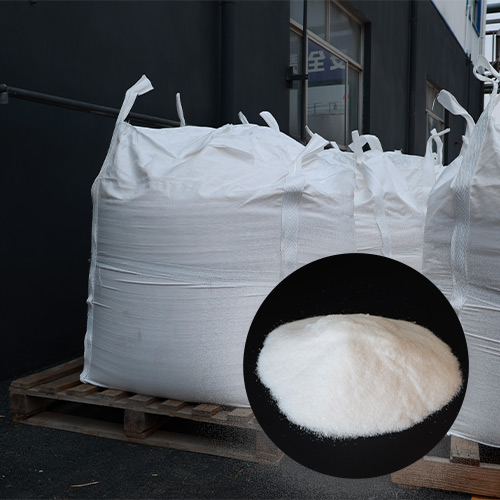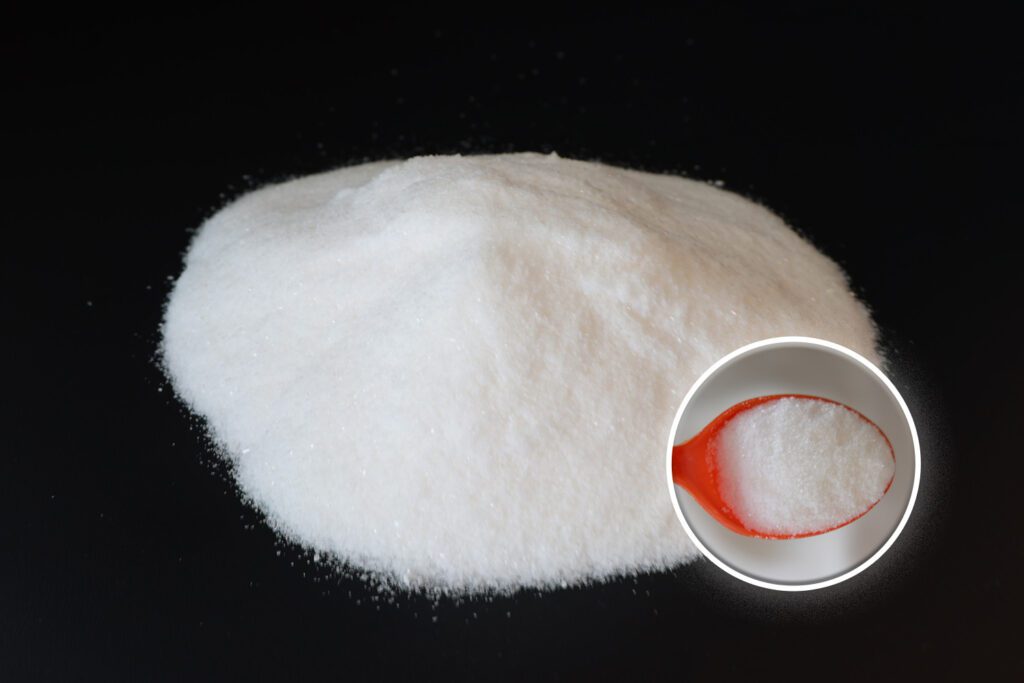Introduction
Sodium formate is a versatile compound with a wide range of applications in various industries, including agriculture, pharmaceuticals, and chemical manufacturing. In this comprehensive guide, we will explore the properties of sodium formate, its uses, and its significance in different sectors. By delving into the characteristics and applications of sodium formate, we can gain a deeper understanding of this important chemical compound.
The Properties of Sodium Formate

Sodium formate, with the chemical formula NaHCOO, is a white crystalline powder that is highly soluble in water. It is a salt of formic acid and sodium hydroxide, possessing unique properties that make it valuable in different industrial processes. Some key properties of sodium formate include its hygroscopic nature, alkaline pH, and ability to act as a reducing agent in chemical reactions.
Physical and Chemical Properties of Sodium Formate
| Property | Value/Description |
|---|---|
| Chemical Formula | HCOONa |
| Molecular Weight | 62.01 g/mol |
| Physical State | Solid (at room temperature) |
| Solubility in Water | Highly soluble |
| Melting Point | 253-255°C (489-491°F) |
| Boiling Point | Decomposes (does not have a boiling point) |
| pH in Aqueous Solution | Neutral (around 7) |
| Toxicity | Low (however, it should be handled with care) |
Production of Sodium Formate
The production of sodium formate typically involves a reaction between sodium hydroxide and formic acid. This process, known as neutralization, results in the formation of sodium formate and water. The reaction can be represented by the following chemical equation:
HCOOH+NaOH→HCOONa+H2OHCOOH+NaOH→HCOONa+H2O
The reaction conditions, such as temperature and concentration, can be adjusted to optimize the yield and purity of the sodium formate produced.
Uses of Sodium Formate

Preservative and Antibacterial Agent: Sodium formate is used as a preservative and antibacterial agent in various products, including food, pharmaceuticals, and cosmetics. Its ability to inhibit the growth of microorganisms extends the shelf life of products and prevents spoilage.
Textile Industry: Sodium formate is employed in the textile industry as a dyeing and printing auxiliary. It enhances the dyeing process by improving color uptake and fastness, resulting in high-quality textiles.
Leather Industry: In the leather industry, sodium formate serves as a tanning agent and bate auxiliary. It helps soften and preserve leather, imparting the desired properties for various leather products.
Oil and Gas Industry: Sodium formate finds application in the oil and gas industry as a corrosion inhibitor and scale preventer. It protects pipelines and equipment from corrosion and scale buildup, ensuring efficient operation and reducing maintenance costs.
Other Uses: Sodium formate has additional applications in various fields, including:
- Agriculture: Herbicide additive and animal feed supplement
- Metalworking: Metal plating and cleaning agent
- Chemical Synthesis: Intermediate for the production of other chemicals
Safety Considerations
Sodium formate is generally considered safe when handled properly. However, it is essential to follow safety guidelines to prevent potential hazards:
- Avoid direct contact with eyes and skin: Wear protective gloves and goggles to prevent irritation.Make sure to carefully read and follow all instructions on the packaging of any chemicals or materials you are using. It is important to prioritize your safety at all times while working with potentially hazardous substances.
- Inhale dust with caution: Use a respirator in dusty environments to avoid respiratory irritation.Make sure the respirator fits properly and is rated for the specific type of dust you are exposed to. Change the filters regularly and follow all safety guidelines provided by the manufacturer. Your health is important, so take the necessary precautions to protect yourself in dusty environments.
- Handle with care: Avoid spills and ensure proper ventilation.In case of a spill, clean it up immediately using appropriate materials and dispose of them properly. Keep windows and doors open to allow fresh air to circulate and prevent the buildup of fumes. Regularly check ventilation systems to ensure they are working effectively.
Environmental Impact
Sodium formate is biodegradable and does not pose significant environmental concerns. It breaks down naturally in the environment, minimizing its impact on ecosystems. However, proper disposal practices are recommended to prevent contamination of water sources.
Conclusion
In conclusion, sodium formate is a versatile compound with diverse applications across various industries. Its unique properties and chemical characteristics make it an essential component in processes ranging from deicing to chemical synthesis. By understanding the properties and uses of sodium formate, industries can leverage its benefits to enhance operational efficiency and product quality.
FAQ
Is sodium formate environmentally friendly?
A: Sodium formate is considered a more environmentally friendly deicing agent compared to traditional salts, as it has lower toxicity levels and does not have a detrimental impact on vegetation and water sources when used responsibly.
How is sodium formate produced?
A: Sodium formate is typically produced through the reaction of formic acid with sodium hydroxide, resulting in the formation of the sodium formate salt.
Can sodium formate be used in food applications?
Sodium formate is generally recognized as safe (GRAS) by the FDA and can be used as a food additive, particularly as a preservative in certain processed foods. However, its use in food applications is limited compared to its industrial uses.
What safety precautions should be taken when handling sodium formate?
Sodium formate should be handled with care, as it can cause irritation to the skin, eyes, and respiratory system. Personal protective equipment, such as gloves and goggles, should be worn when working with sodium formate, and proper ventilation should be ensured to prevent inhalation of fumes.


